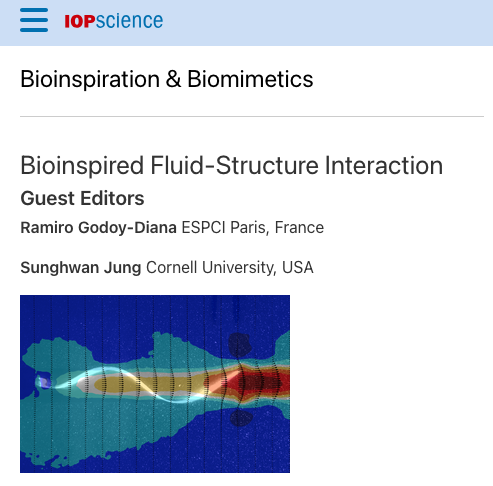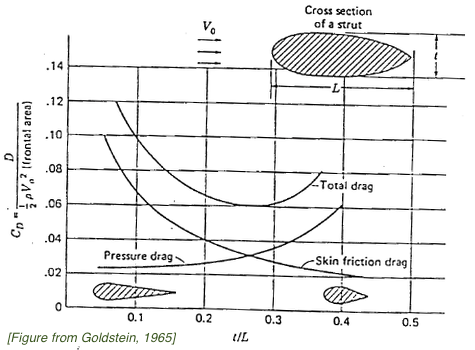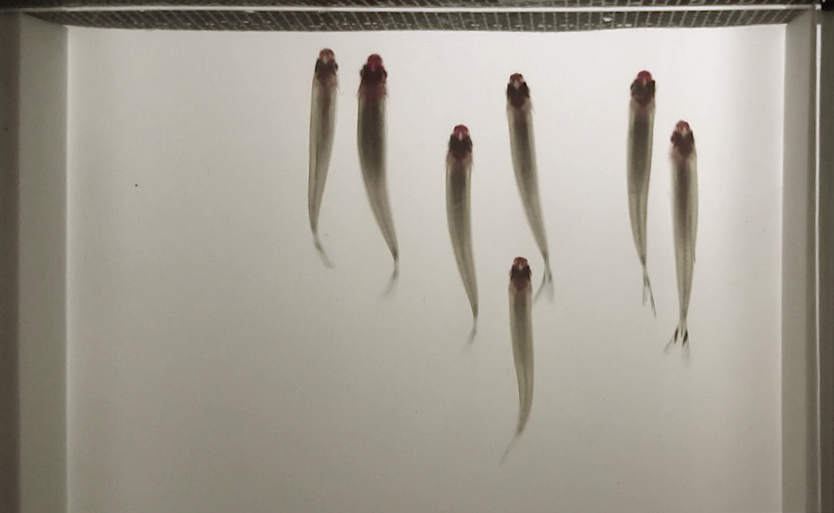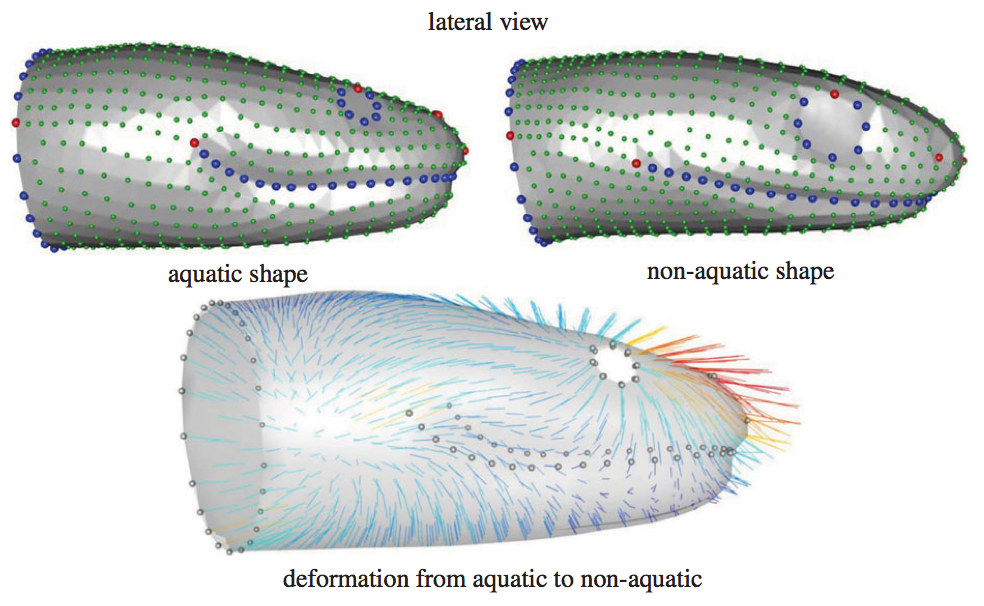B. Lafoux, P. Bernard, B. Thiria, R. Godoy-Diana
Physical Review E, 110(3), 034613 (2024).
doi: 10.1103/PhysRevE.110.034613
arXiv preprint: https://arxiv.org/abs/2401.01850
In this work we have quantified how fish swimming in groups change their behavior based on how crowded they are. We found that fish switch between two main swimming patterns: moving in the same direction or circling like a whirlpool. The amount of space available influences how long the fish stick to each pattern and how often they switch. This research not only helps us understand how fish and other animals behave in groups, but also provides valuable real-world data that can help tuning computer models of group behavior. The findings highlight the importance of considering space limitations when studying how animals move together, which could lead to better understanding of complex group behaviors in nature.





